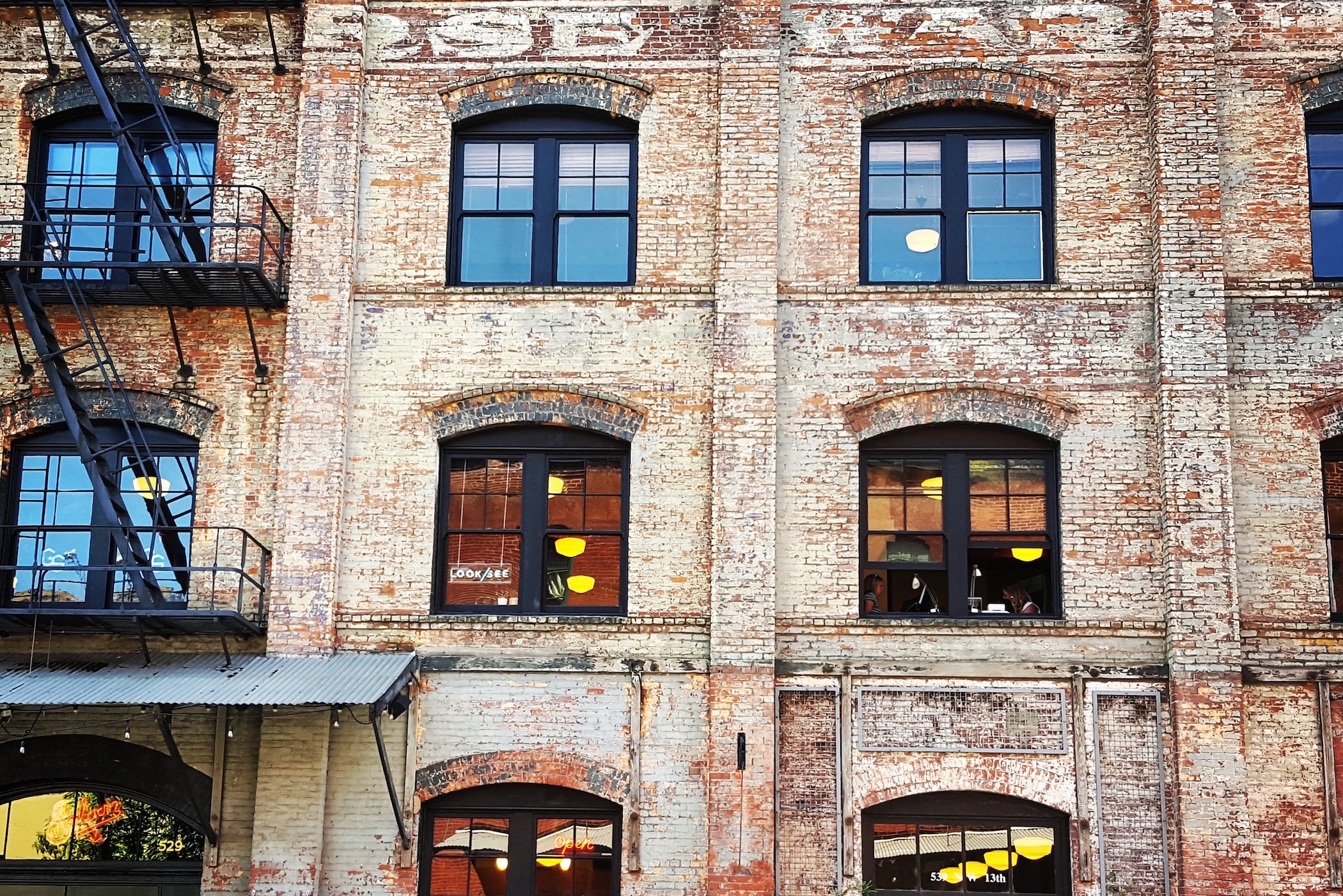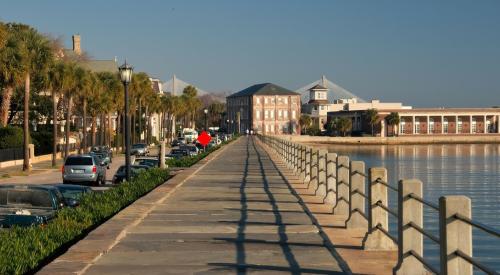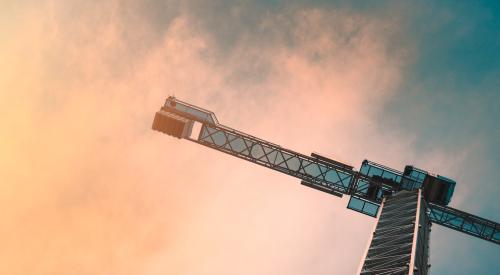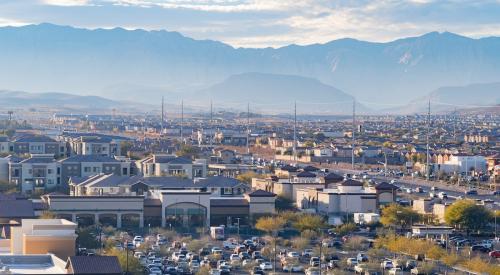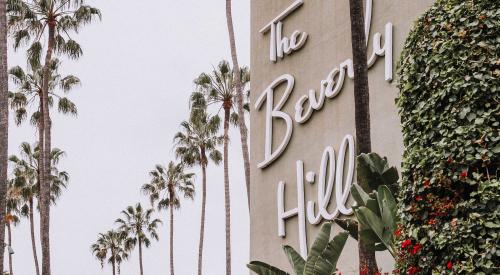A new study finds the 10 fastest-gentrifying neighborhoods in the 100 biggest U.S. cities based on median home sale prices, median household income, and resident education level changes.
Phillip Clay, professor emeritus at the Massachusetts Institute of Technology and author of Neighborhood Renewal: Middle-Class Resettlement and Incumbent Upgrading in American Neighborhoods, tells Realtor.com, “Neighborhoods that are well located, with public services and transportation that were originally built for the middle class, are the ones more likely to be gentrified.” Clay adds that development of vacant land, "That’s an active gain for the city. And commercial activity increases. For longtime residents, the only people who are winners are those who are in a position of cashing out," he adds.
When it comes to real estate, gentrification might just be the touchiest subject of all. In search of reasonable housing prices, short commutes, and the tantalizing prospect of a kick-ass return on investment, professionals are moving en masse into lower-income neighborhoods. But while these newcomers often rehab old and vacant homes and bring a rush of investment to the community, many long-term residents and business owners don't get to experience the booms—they get priced out of the very neighborhoods they helped build.
